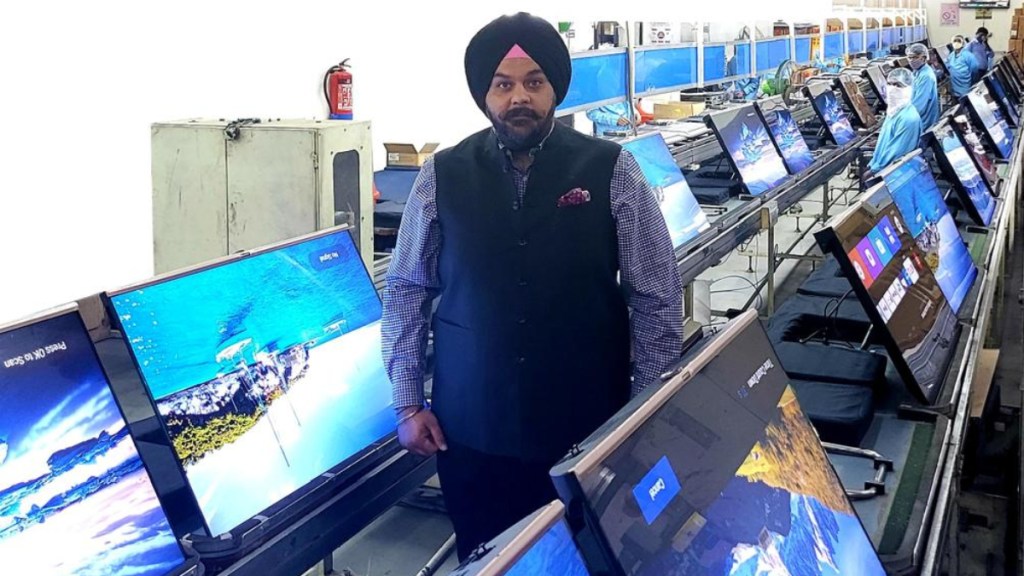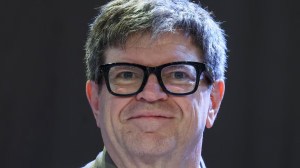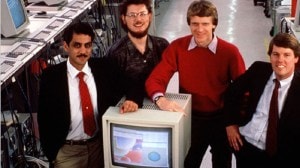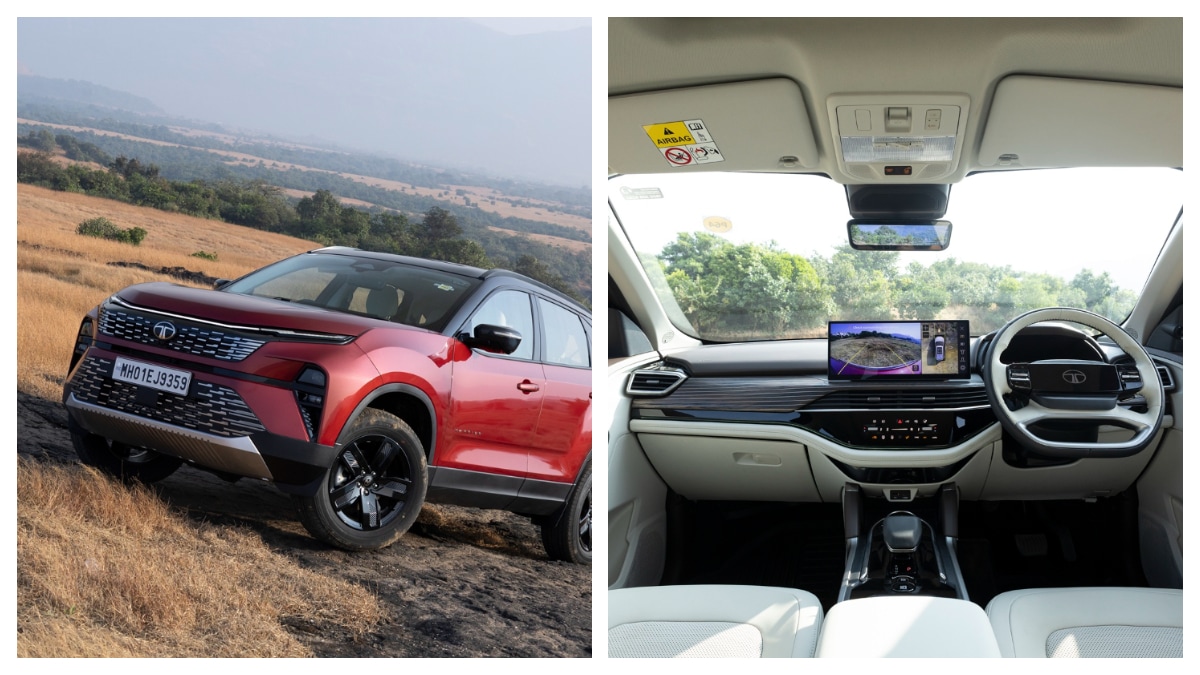Avneet Singh Marwah, the chief executive officer of homegrown manufacturing company Super Plastronics Pvt Ltd, isn’t the one to mince his words. Time and time again he has expressed his views on how India can become a manufacturing hub for the world and called out the roadblocks that are stopping the country from realising its true potential.
In an exclusive interview with FE’s Saurabh Singh, Marwah takes us through all the nitty-grittes of the smart TV and consumer durables space, how the market is changing, the positive signs as well as the areas that could be better, all in his candid, unabridged style. Edited excerpts.
Follow FE Tech Bytes on Twitter, Instagram, LinkedIn, Facebook.
So, how is business?
Business is fine. There were a couple of challenges in 2023. But now, in 2024, things are looking [to get] back on track. Market-wise, the whole segment of consumer durables is growing.
Can you elaborate on some of the challenges you are referring to?
In television space, the major challenge [in 2023] was that a lot of brands were exiting the market. It was a bloodbath. A lot of [cash] burning started happening among the [other] brands to take that chunk of market share. But they didn’t realise that they were making the same mistake that OnePlus and Realme made. They forgot that in India, if you burn [cash], you [can] get the market share, but the moment you increase prices, you lose everything. Consumers are not so loyal in low or medium-ticket segment products. They will shift. And that’s what happened. As it is, two major brands [OnePlus and Realme] have exited the market. This year, there will be more correction, mostly with Chinese brands because the Chinese economy is not doing so great, and so, they don’t have enough cash in their hands to burn. 2024 will be a strategic year for all those brands doing this sort of practice and only the brands which have strong infrastructure and manufacturing will survive.
Interesting that you talk about the missing loyalty in the lower price bracket, because some of the brands make a lot of noise about this very aspect. Like Xiaomi does this a lot. For several years, it has been number one and it continues to be number one. OnePlus is another known brand. Its smartphones tend to have the most resale value in India. Would you care to shed more light on your observation?
In India, the per capita [income] is very low compared to a lot of other countries and so, price matters. The Indian consumer is very intelligent. They will choose a lower priced product if the specifications are similar. Therefore, this sort of cash burning where brands lower the price to gain market share keeps on happening. Plus, they have huge marketing budget. Xiaomi and OnePlus have some of the best flagship stores. They spend a lot on advertising. But [despite that], Xiaomi has closed its offline television sales. This news was never out to media. It’s been a year now. Xiaomi is only selling online. How can they [claim to] be number one when the online market is only 32 percent [and they are not selling offline]? It’s all a marketing gimmick. OnePlus and Realme have exited the market completely. They were losing a lot of money. Because they are majorly mobile phone companies, they were not able to pump that sort of money into TVs. They couldn’t have more losses, so they stopped operations.
But isn’t it cheating in some ways? Some of these brands have launched new products not that long ago and even entered new categories like monitors? Customers trusted them with their hard-earned money.
I broke the story six months before OnePlus announced what they will be doing. They didn’t even [properly] announce it. They just gave a very small note [in media]. And so, if anyone goes to court, they can say that they’ve made the news that they are shutting their TV business public. That’s how they are safe. But regular consumers are completely unaware of this. If someone buys a TV, the expectation is that it will work for at least three years and if not, there will be someone to answer. Spare parts will be available. It is cheating because the consumer now doesn’t know where to go. That’s the problem if you’re just branding your products. You can come, test [the waters] and leave if it doesn’t go well.
Does it mean the Chinese bubble is bursting, at least in the television space?
Absolutely. The bubble burst last year itself. The same thing would have happened in mobile phones also but the problem is there are no [good] Indian brands to counter and take them head on. Owners of Micromax and Intex and Lava have had very small mentality. They would say 3G has not happened yet, how will 4G come in India? 4G has not happened yet, how will 5G come? I always give the example of air conditioners. There are ten major companies into air conditioners in India with more than a billion dollars in revenue. None of the Chinese players could enter India because they are very strong. If Voltas, Godrej, and Blue Star made mobile phones, none of the Chinese brands had a chance.
Is the time of affordable smart TVs over?
If you’re giving a full-specced TV, you can’t be cheap. If you’re going with a full-specced TV with a recognised operating system, your quality cannot be poor. The premium affordable category will flourish now. These consumers are very smart. You have to be very accurate with your product in terms of quality and after-sales. You can’t mislead them. Who thought that Patanjali will go to Supreme Court and apologise?
SPPL is a massive company. Not sure how much awareness there is on the outside but you’re pretty big. Do you want to talk a little bit about that?
This was a decision that was taken by the board, and I was part of that discussion. There are two ways. Either we take a private equity, or we do public, or we move slowly and steadily in the right direction. I thought that it is not a good time to go public. We didn’t have any debts two years back. And now for capex, we have debts to increase the manufacturing facility only. But for stocks, we don’t have any debt. We are reinvesting every year. We are on a healthy EBITDA. I haven’t seen most of the consumer durable brands having a healthy bottom line and then increasing their revenue. So that’s where, we’re not stuck. We can breathe on those levels. We will take a little more time but putting so much of pressure and again, burning money, will not help. We are investing huge on manufacturing, R&D, technology, and moving forward with the biggest trends around the globe. But at the same time, we are not taking money right now because we feel that we can grow ourselves. Tomorrow, if things change and we will have an opportunity, we might go the other way also.
You have multiple brands including Thomson, Kodak, and a couple of more under your umbrella. How do you maintain a steady flow of products, R&D, and differentiation among them?
In the beginning, it was a huge challenge for us to have a balanced category. But we learned a lot of things from the market. Now, all the brands are completely different from each other. They are not cannibalising, mostly. Especially, Blaupunkt, which is a high premium segment, where we are focused on the sound. The thought process behind Blaupunkt was that a lot of consumers were buying soundbars with their TVs. Kodak is a complete online-offline brand. Thomson is a complete Flipkart property in terms of sales. And year on year, there has been growth, because Flipkart as a platform is also growing in this segment.
How big is the company in terms of employee strength?
We have about 800-1,000 employees right now, directly and indirectly. In the next two years, that number will go up to more than 3,000. In the next five years, that number should go up to 5,000.
Is there any particular vertical that you are looking at to scale up hiring?
Manufacturing. There are a lot of new products coming in and we’re also scaling our existing products. Apart from that, in after-sales and the kind of back-end office that we need to have, sales and marketing. And then, of course, extension in different portfolios.
You are increasing your footprint into other categories, washing machines and air coolers for instance. Why do you need to do that?
It was a branding sort of a situation previously for us with washing machines. We were taking material. I won’t name from whom, but it is one of the number one ODMs in the country. We had a contract for more than 7 years. But we found that we were not getting the support that we needed. That’s when things started shifting and a lot of to and fro started happening. We decided that we will have our own manufacturing facility in Noida. If you have to survive in India, and you don’t have a manufacturing facility, you can’t establish your product. That was a big learning. In seven months, we not only introduced our own washing machines, we completely backward integrated. Within 3-4 months of launch over online where Thomson is available, we went from 0.5-4.0 percent and this festive season, we are targeting 10 percent market share.
What does the upcoming plant in Hapur hold for the future of SPPL?
We wanted to upgrade. We were in this [Noida] factory since 2003. It was high time because earlier there was VAT and sales tax, not GST. So, we had three more factories which had exemptions. And when the GST came in, we had to close those exempted factories. All the pressure came on the Noida factory as a result. That is when we decided to open a new factory. But then the pandemic happened and the whole plan got pushed. After that, we thought we should do about 3-4x of our plan seeing the future and how the group is growing. There has been a little delay because we started doing washing machines and air coolers. In the next two or three months, we will start the operations of that factory. Our target is to achieve about 100,000 units of televisions and fully automatic washing machines from that factory. Going forward, we have about three more plants to go. As and when things will be decided, we will definitely tell you what is coming next.
Do you have any plans to expand into more categories? For instance, monitors come to mind instantly, or audio, for that matter.
A lot of expansion is happening in terms of vertical and horizontal product lines for consumer durables. We are very close to closing two [new] categories in about next quarter or so. Because we are under NDA, we can’t share the names. But yes, the whole strategy of the company in 2021 was that we will not rely on televisions alone anymore.







